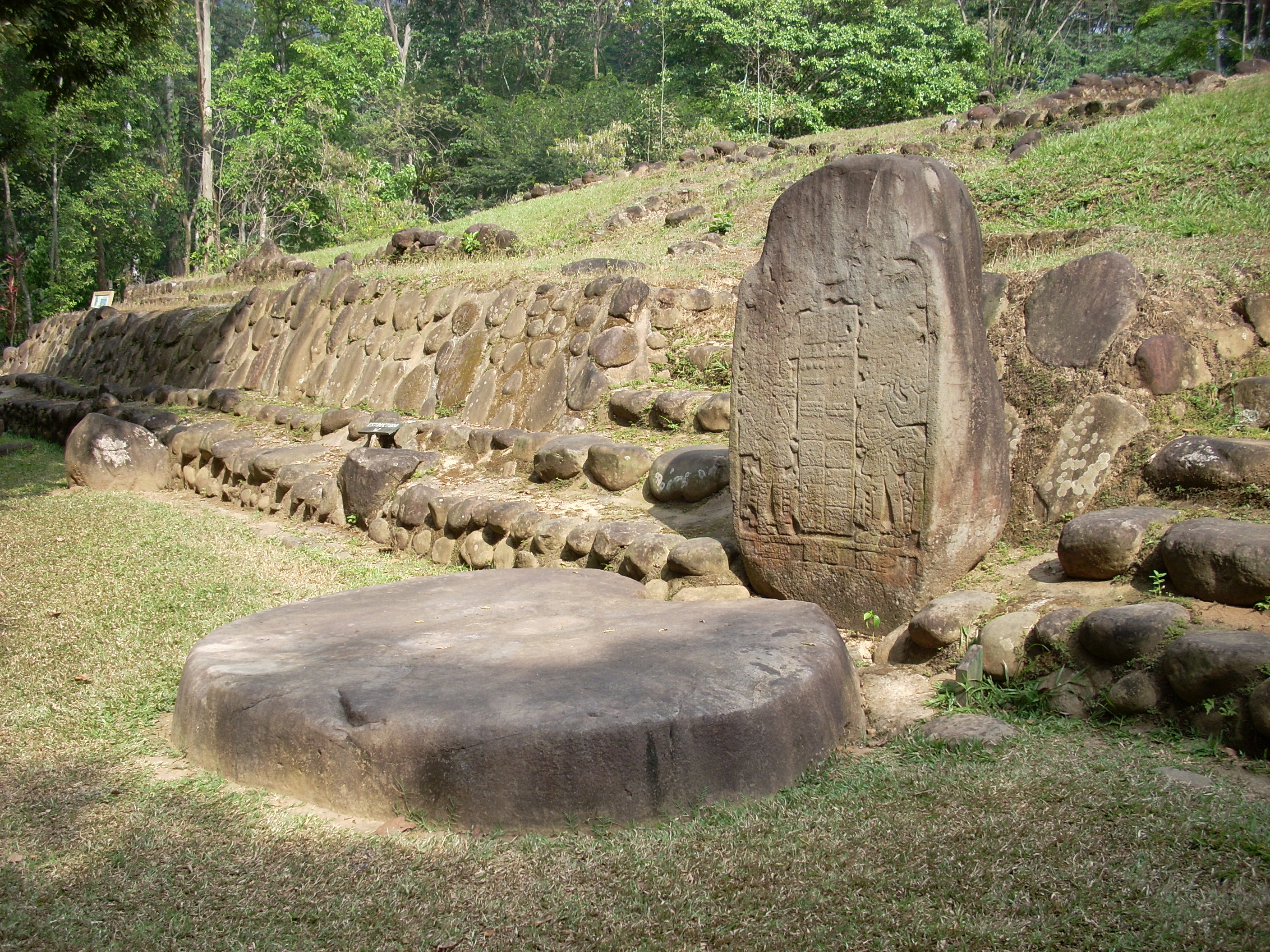Guatemala find reveals early Mayan writing
Issued on: 11/03/2020 - 00:46
Modified: 11/03/2020 - 00:44
Guatemala City (AFP)
A 2,000 year old stela recently discovered in Guatemala has revealed examples of the genesis of Mayan writing, according to experts studying the ancient civilization that dominated much of Central America.
Known as Stela 87, the stone was discovered in September 2018 at the Tak'alik Ab'aj archaelogical park in El Asintal, 85 miles (140 kilometers) southwest of the capital.
The stela, dating from 100 AD, provides an early example of Mayan writing, German expert Nikolai Grube told an event at Guatemala's National Palace of Culture on Tuesday.
"The great importance of Stela 87 is that it is an early example of the development of writing in Mesoamerica," said Grube, speaking by video-link from Mexico.
More:
https://www.france24.com/en/20200310-guatemala-find-reveals-early-mayan-writing

Stela 5 and Altar 8
Takalik Abaj
From Wikipedia, the free encyclopedia
Tak'alik Ab'aj (/tɑːkəˈliːk əˈbɑː/; Mayan pronunciation: [takˀaˈlik aˀ'ɓaχ] (About this soundlisten); Spanish: [takaˈlik aˈβax]) is a pre-Columbian archaeological site in Guatemala. It was formerly known as Abaj Takalik; its ancient name may have been Kooja. It is one of several Mesoamerican sites with both Olmec and Maya features. The site flourished in the Preclassic and Classic periods, from the 9th century BC through to at least the 10th century AD, and was an important centre of commerce,[3] trading with Kaminaljuyu and Chocolá. Investigations have revealed that it is one of the largest sites with sculptured monuments on the Pacific coastal plain.[4] Olmec-style sculptures include a possible colossal head, petroglyphs and others.[5] The site has one of the greatest concentrations of Olmec-style sculpture outside of the Gulf of Mexico.[5]
Takalik Abaj is representative of the first blossoming of Maya culture that had occurred by about 400 BC.[6] The site includes a Maya royal tomb and examples of Maya hieroglyphic inscriptions that are among the earliest from the Maya region. Excavation is continuing at the site; the monumental architecture and persistent tradition of sculpture in a variety of styles suggest the site was of some importance.[7]
Finds from the site indicate contact with the distant metropolis of Teotihuacan in the Valley of Mexico and imply that Takalik Abaj was conquered by it or its allies.[8] Takalik Abaj was linked to long-distance Maya trade routes that shifted over time but allowed the city to participate in a trade network that included the Guatemalan highlands and the Pacific coastal plain from Mexico to El Salvador.
Takalik Abaj was a sizeable city with the principal architecture clustered into four main groups spread across nine terraces. While some of these were natural features, others were artificial constructions requiring an enormous investment in labour and materials.[9] The site featured a sophisticated water drainage system and a wealth of sculptured monuments.
More:
https://en.wikipedia.org/wiki/Takalik_Abaj
Wonderful images from this area:
https://tinyurl.com/r4cgwx3
